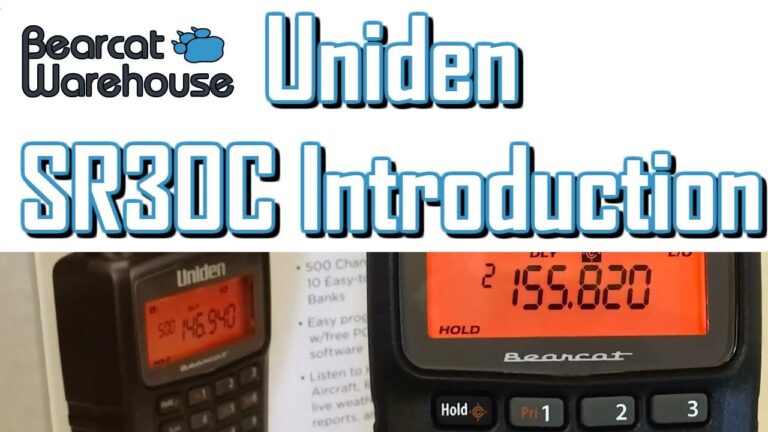FOX Acquires 33% of IndyCar and Indianapolis Motor Speedway
The motorsports world just got a jolt of energy. Fox Corporation has snapped up a one-third interest in Penske Entertainment, which owns the NTT IndyCar Series and the legendary Indianapolis Motor Speedway.
This deal feels huge. It could shake up American motorsports, bringing fresh media exposure, new tech, and more ways for fans to get involved.
So, what’s really going on? Let’s dig into some details.
The Deal: Fox Corporation’s Strategic Move
Contents
Fox Corporation’s move to grab a third of Penske Entertainment is a pretty bold play in sports and media. They’re clearly doubling down on sports and aiming to boost their broadcasting muscle.
By investing in Penske, Fox wants to use its media reach to give the NTT IndyCar Series and the Indianapolis Motor Speedway a bigger spotlight. It’s not just about money—it’s about influence.
Key Details of the Acquisition
Fox is putting up serious cash, showing they believe the IndyCar Series and the Speedway have room to grow. Here’s what’s coming down the track:
- Enhanced Broadcast Coverage: Fox plans to air more IndyCar races across its platforms. They’ll offer fans live races, behind-the-scenes looks, and exclusive interviews.
- Technological Innovations: Fox wants to roll out new broadcasting tech—think augmented reality (AR) and virtual reality (VR)—to make watching races more exciting.
- Increased Sponsorship Opportunities: The partnership should lure in new sponsors, which means more money for teams and drivers.
Impact on the NTT IndyCar Series
The NTT IndyCar Series could really benefit here. Known for its wild, competitive racing, the series will reach more people thanks to Fox’s network.
With more eyes on the sport, it just might pull in new fans and bump up viewership.
Boosting Fan Engagement
Fox wants fans to feel more involved. They’ve got a few ideas lined up:
- Interactive Content: Fans can dive into real-time stats, driver profiles, and polls. It’s all about making race days more engaging.
- Social Media Integration: Fox will use its social media channels for live updates, behind-the-scenes clips, and ways for fans to connect.
- Exclusive Access: Premium subscribers get special perks—think exclusive events, interviews, and maybe even VIP experiences.
Transforming the Indianapolis Motor Speedway
The Indianapolis Motor Speedway isn’t getting left behind. Fox’s investment means upgrades are on the way, aiming to make the fan experience better than ever.
Facility Upgrades
With Fox in the mix, the Speedway will see some changes:
- Modernized Infrastructure: Expect better seating, improved concession stands, and easier access for everyone.
- Advanced Technology: High-def video screens and upgraded sound systems will help bring fans closer to the action.
- Fan Zones: New interactive fan zones will pop up, giving people fresh ways to connect with the sport.
Broader Implications for Motorsports
Fox’s move doesn’t just affect IndyCar or the Speedway. It’s part of a bigger trend—media companies are pouring money into sports to meet the demand for live events.
Tech keeps changing how fans watch and enjoy sports. The focus on innovation is only getting stronger.
Setting a Precedent
Fox’s investment could nudge other media giants to try something similar. More deals like this might mean even bigger changes for sports broadcasting and how fans get involved.
Bringing in AR and VR could totally change how people experience racing. Maybe it’ll even hook a new generation of motorsports fans. Who knows? The possibilities seem wide open.
Conclusion: A New Era for IndyCar and Motorsports
Fox Corporation just bought a one-third stake in Penske Entertainment. That’s a big move for the NTT IndyCar Series, the Indianapolis Motor Speedway, and honestly, the whole motorsports world.
This investment could mean better media coverage and some real tech upgrades. Fans might notice more ways to connect and get involved, which sounds pretty exciting if you ask me.
If you’re curious about all the details, check out the full article on Axios.


